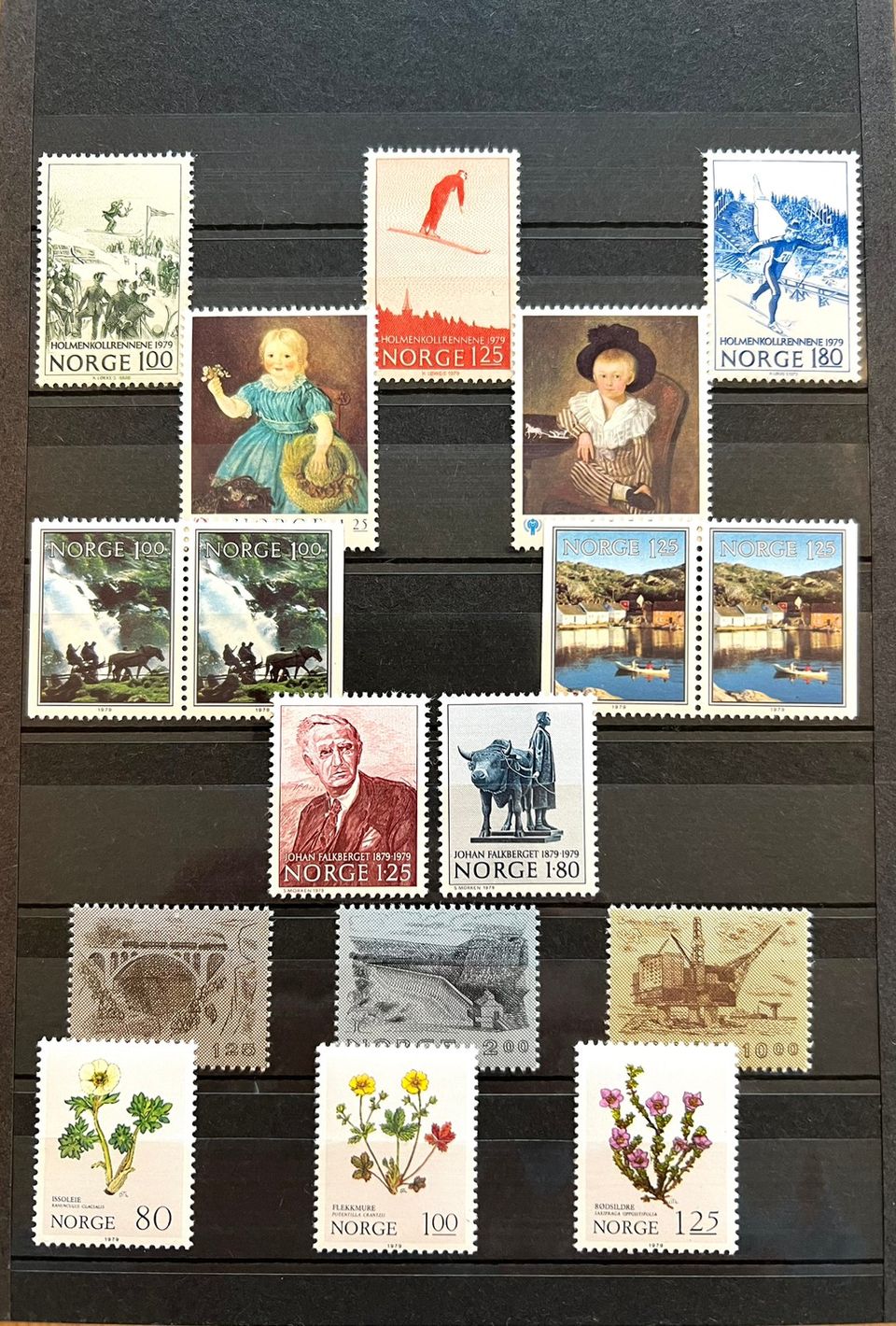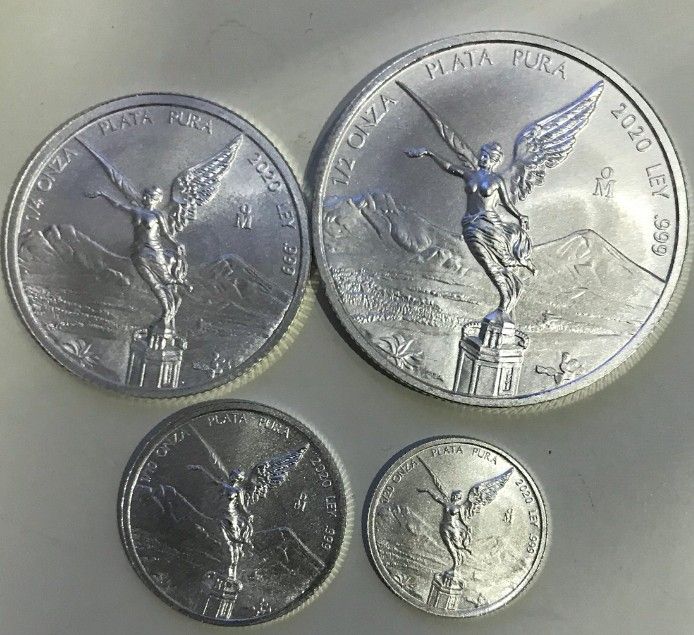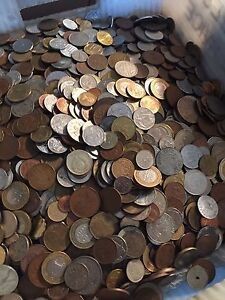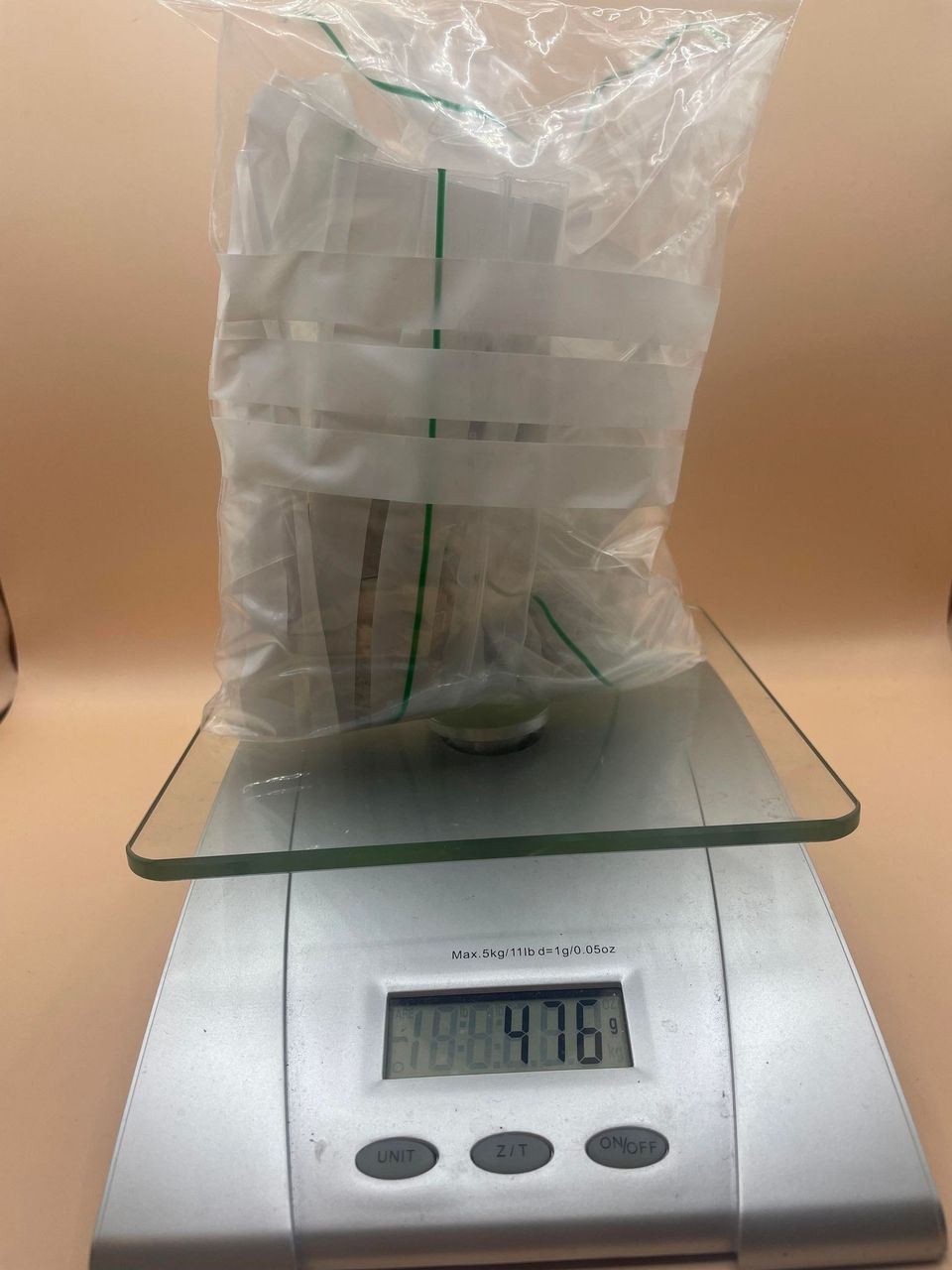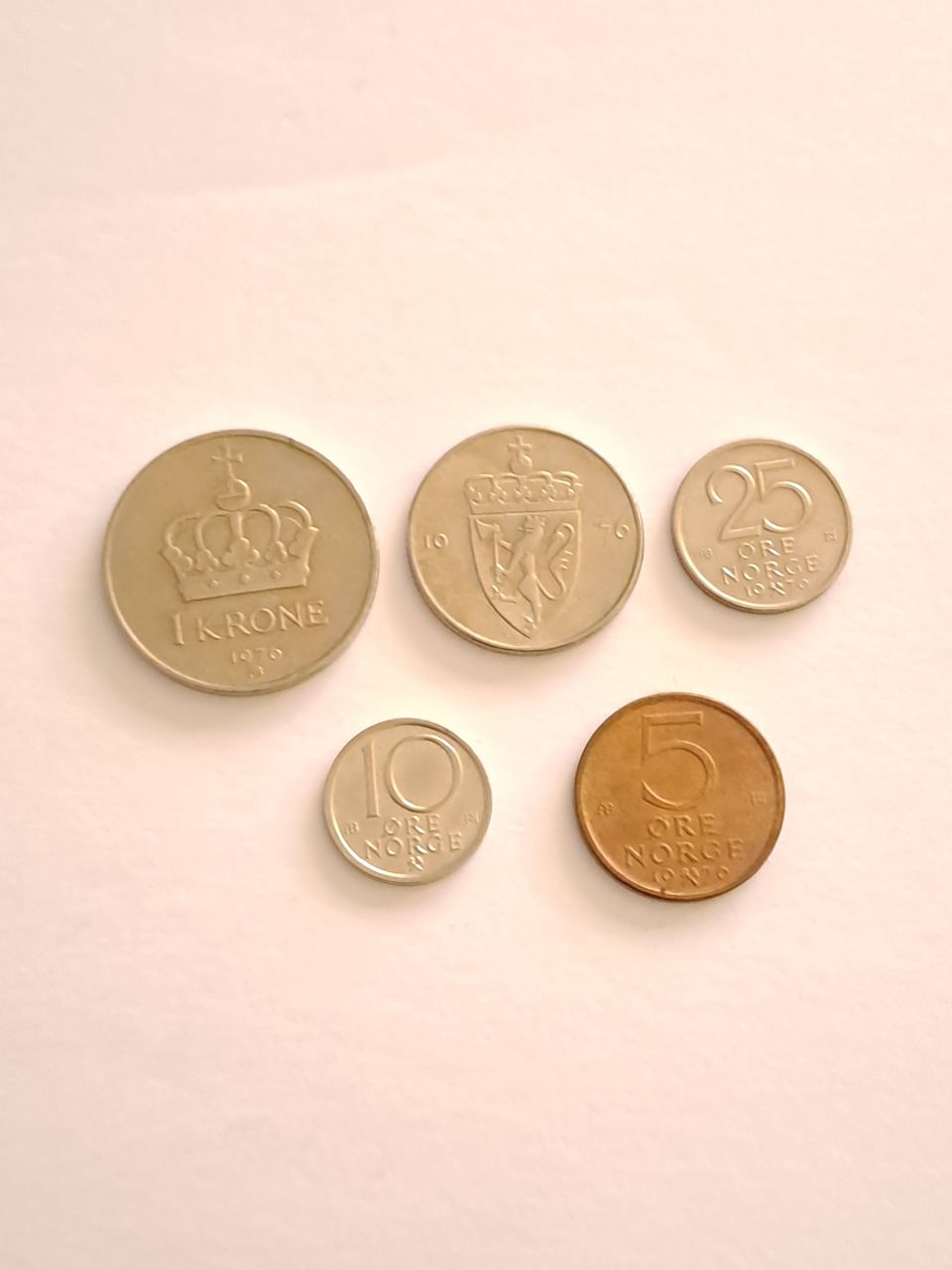Bildegalleri
Tyske sølvbrakteater fra middelalderen
Beskrivelse av varen
Kjøpt på det danske auksjonshuset Bruun Rasmussen i 2017. Kan evnt bytte mynter mot gaming pc.
bl.a.
Augsburg, Brakteat, Marquard von Randeck, 1348–1366 (7)
Schwäbische Hall, Heller (8)
Pris er pr stk og du velger deg ut det du vil ha; rabatt ved flere.
Via Wikipedia:
"Silver bracteates (in German Brakteat, also called "hollow pennies": Hohlpfennige) are different from the migration period bracteates. They were the predominant regional coinage type minted in German-speaking areas (with the exception of Rhineland, Westphalia and the Middle Rhine region) beginning at around 1130 in Saxony and Thuringia and lasted well into the 14th century. From a currency point of view, bracteates were a typical "regional penny" currency of the time.
Medieval silver bracteates are one-sided, embossed pennies from thin silver sheet, with a diameter of 22 to 45 mm. The coin image appears in a high relief, while the back remains hollow. The large area left much room for artistic representations. Usual were three denominations, a two-penny (Blaffert) with elaborate image, a one-penny (Hohlpfennig) with coarse image and hollow coins worth half a penny (Scherf).
The bracteates were usually called back regularly, about once or twice a year, and must be exchanged for new coins (Renovatio Monetae). For example, receiving three new coins for four old coins. The withheld 4th coin was called strike money and was often the only tax revenue of the coin mint-master. This system worked like a demurrage: People wouldn't hoard their coins, because they lost their value. So, this money was used more as a medium of exchange than for storing value. This increased the velocity of money and stimulated the economy.
This disruption disturbed the business interests of all those who were involved in the then money economy, namely the merchants who dominated in the German city leagues. The city leagues then introduced from 1413 a so-called Ewiger Pfennig (eternal penny).
The last bracteates were "traveller bracteates", embossed medallions worn as a pendant, that served as a type of presence mark for pilgrims and were in use until the 17th century. "
Du må være logget inn for å se brukerprofiler og sende meldinger.
Logg innAnnonsens metadata
Sist endret: 25.11.2024, 08:38 ・ FINN-kode: 174199825




